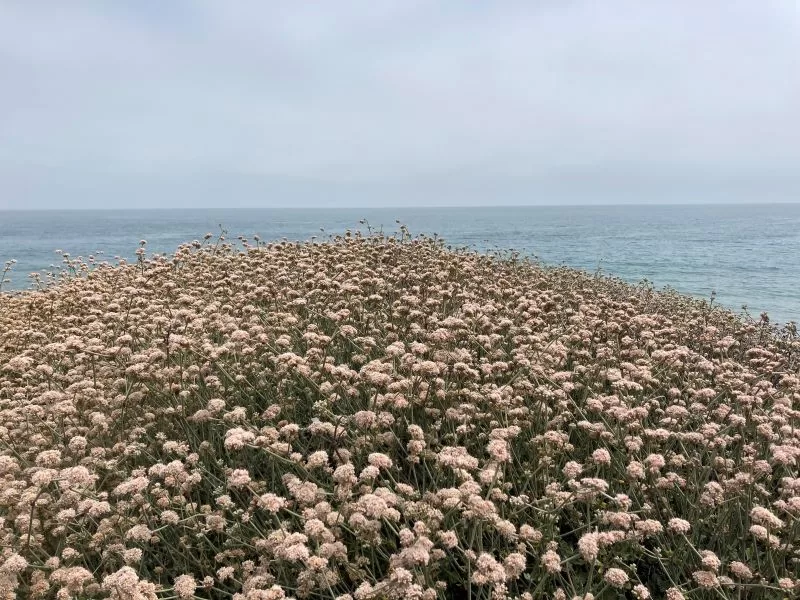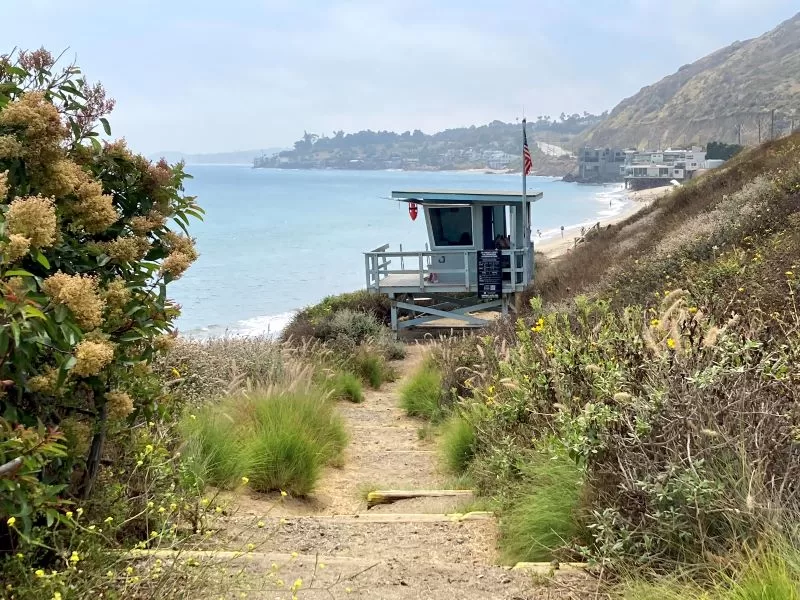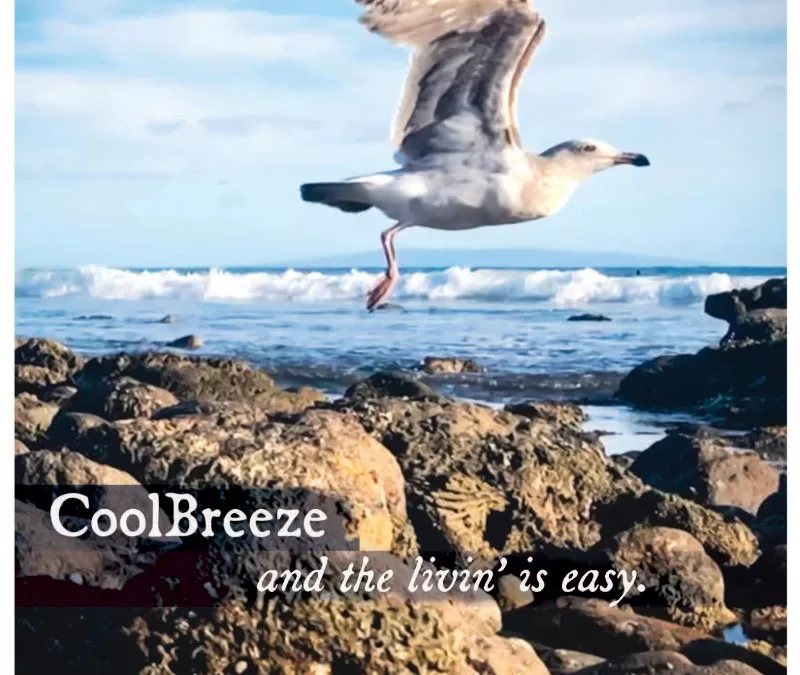August heat may bake the valleys and turn the local mountains to dusty gold, but out at the coast the marine layer ensures that mornings are cool, afternoons are sunny and warm, and that the evenings cool things back down again. The reason the weather is so often perfect at the coast and in the coastal canyon during the summer, when its so unbearable everywhere else? It’s thanks to Eddy—Coastal Eddy. We take a closer look at this meteorological superstar in the Discover section of this issue of TNT.
BB-12 didn’t make it. The black bear who made news as the first black bear on record to ever take up residence in the Santa Monica Mountains, and for successfully making his way across the 101 freeway multiple times, was killed on his final crossing attempt.
BB-12 is thought to have lived in the Santa Monica Mountains for two years before being captured and given a radio collar. He crossed major roads successfully five times during the short period of time NPS tracked him.
“A few weeks after he was collared, the bear crossed the 101 Freeway, Highway 23 and the 118 Freeway successfully before returning to his natural habitat in the Santa Susana Mountains,” National Park Service biologist Jeff Sikich said .

The news of his death was shattering, but not unexpected. By this time next year, the Wallis Annenberg Wildlife Crossing at Liberty Canyon will be ready to open. A second crossing is being studied on the 101 in Newbury Park, where BB-12 initially crossed into the Santa Monica Mountains and where other animals, including mountain lions have been killed. Those are the only two locations with public open space on both sides of the highway, but they aren’t the only places wildlife attempts to cross this deadly man-made barrier. If we are going to continue to have wildlife, we need to find more solutions, so animals like BB-12 have a chance to survive.
The death of BB-12 cast a shadow over the conservation community, but there was also good news for wildlife in the Santa Monica Mountains. Earlier this month, the Malibu City Council unanimously approved the municipality’s Poison Free Ordinance, banning toxic rodenticides and pesticides citywide. It took activists, spearheaded by Poison Free Malibu co-founders Kian and Joel Shulman, nine years to get the ordinance on the city’s agenda, and an additional four years for the newly approved ordinance to make its way through a labyrinthine legal review that involved an environmental impact report and dozens of meetings with Coastal Commission staff, city planners, legal advisors, and three city councils.

Malibu joins the part of the Santa Monica Mountains that are in unincorporated Los Angeles County in banning pesticide use, and it isn’t the only coastal community to come onboard with a ban on pesticides this year. Woodside is the most recent community on the San Francisco Peninsula to ban pesticides, and the activists and organizations advocating for the change continue to make progress. Rodenticide laws are under discussion in New Hampshire, Massachusetts, and Conneticutt. Little by little, one travels far.
COVID-19 is still with us, and the disease, like all the other ills of mankind let loose from Pandora’s box, is likely to continue to plague humanity, but there is evidence that the coronavirus pandemic really is at an end. According to reporting in the New York Times, “The total number of Americans dying each day is no longer historically abnormal. The number of deaths related to the pandemic has finally dropped to near pre-pandemic numbers.”
The report states that, “During Covid’s worst phases, the total number of Americans dying each day was more than 30 percent higher than normal, a shocking increase. For long stretches of the past three years, the excess was above 10 percent. But during the past few months, excess deaths have fallen almost to zero, according to three different measures.”
It’s been a long, hard, weird three years. The pandemic has left marks on nearly every aspect of life that will be slow to heal, but maybe, just maybe, this disaster is finally behind us—part of history, not the daily news cycle. Record heat continues to roast a wide swath of the Northern Hemisphere. In the Santa Monica Mountains, the hills are once again brown and dusty and fire risk is back, but many creeks are still flowing, fed by springs that were replenished by the heavy winter and spring rains, and even on the driest hillsides flowers still bloom. All along the trails and roadside, vivid reds and oranges of Mexican campion, heart-leaved penstemon, and canyon larkspur are in bloom, and so is a sea of buckwheat flowers—white and pink—alive with the electrical buzz of bees. At the beach the morning fog burns off by noon, and the water is just starting to be warm enough for swimming. The stores may already be advertising “back to school” but the best part of summer in the Santa Monica Mountains is only just arriving. Happy August!
Stay safe, be well.













